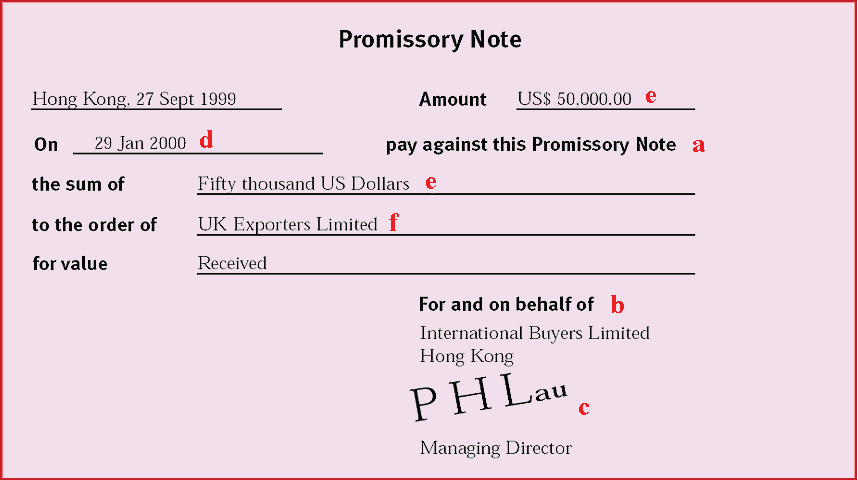Eexport Import
The Importance Of Documentation:
Documentation provides tangible evidence that the goods ordered have been
produced and dispatched in accordance with the buyer’s requirements.
Consignment details need to be communicated accurately to various parties
so both importers and exporters need to be familiar with the principal
documents used. Documentation is also used to satisfy government
regulations in the UK and overseas and has become an increasingly important
factor in obtaining finance for international trade.
It is normally the responsibility of the exporter to make sure that documents
for the transportation of goods are complete, accurate and properly and
promptly processed. Failure to do so may result in additional costs being
incurred.
The importer has the responsibility for completing accurately the necessary
forms for the goods to be licensed for import and cleared through Customs.
Incorrect documentation can cause delay in the clearance of goods at their
destination. Goods can be impounded, warehoused or left on the quayside,
with the risk of damage or loss and consequent expense. The use of a
forwarding agent can help reduce administrative and documentation pressures
on importers and exporters.
Financial Documents:
The principal financial documents used in international trade are described
below.
Bill of Exchange:
A bill of exchange, or draft, is used to establish a legal commitment to pay a
sum of money. It also provides a convenient mechanism for the giving or
receiving of a period of credit.
- A 'sight' bill is payable on demand, or at sight.
- A ‘term’ bill or ‘usance’ bill is payable at a fixed or determinable future
time. The drawee agrees to pay on the due date by writing an
acceptance across the face of the bill.
A bill of exchange is usually defined as:
- An unconditional order in writing
- Addressed by one person (the drawer) to another (the drawee)
- Signed by the person giving it (the drawer)
- Requiring the person to whom it is addressed
- To pay on demand, or at a fixed or determinable future time
- A sum certain in money
- To, or to the order of, a specified person or to bearer (the payee)
Promissory Note:
A promissory note is a promise to pay issued by the buyer (the maker) in
favour of the seller (the payee or beneficiary). Although it is similar to a bill
of exchange it does not always carry the same legal rights. Promissory notes
are popular in forfaiting arrangements and with countries where there is some
fiscal reason for not issuing a bill of exchange.
A promissory note is usually defined as:
- An unconditional promise in writing
- Made by one person (the maker) to another
- Signed by the maker
- Engaging to pay, on demand, or at a fixed or determinable future time
- A sum certain in money
- To, or to the order of, a specified person or to bearer (the payee or
beneficiary)
Most bills of exchange and promissory notes are now generated by computer
or printed on company stationery, although they can still be purchased from
commercial stationers. They vary in shape, size and layout, but the above
example is fairly typical.
If the bill is payable to the drawer’s own order, as in this example, it must be
endorsed on the reverse before presentation to the bank. The endorsement can
be ‘in blank’ or specifically to the order of the bank handling the documents
on the drawer’s behalf.
When presenting documents under a documentary credit (DC), the bill of
exchange must be drawn on the party nominated in the DC terms as drawee
(usually the issuing or confirming bank). The DC terms may also stipulate
that the bill of exchange bears reference to the DC, e.g. is marked ‘Drawn
under documentary credit number ........... of (issuing) bank.
Fraud Warning:
The importance of ensuring our customers know their customers cannot be over-emphasised; it is the best
protection against fraud. Unfortunately there have been instances where forged documents or documents
relating to non-existent goods have been presented to banks under Documentary Credits and, since the
documents appeared prima facie to comply with the terms and conditions of the Documentary Credit, banks
have been obliged to pay and debit the importer’s account. This arises because banks deal with documents, not
with the underlying goods.
Exporters should be extremely cautious about shipping goods against the receipt of an unsolicited
Documentary Credit. From time to time, forgeries of Documentary Credits come to light and there have been
instances where exporters have shipped and presented documents against a completely false instrument.
Importers and exporters should be particularly careful about proposals to transact international trade business
which is markedly different from their normal line of business or for unusually large amounts. There have been
cases where fraudsters have obtained advance payments from UK traders in the expectation of the award of a
contract which never really existed.





